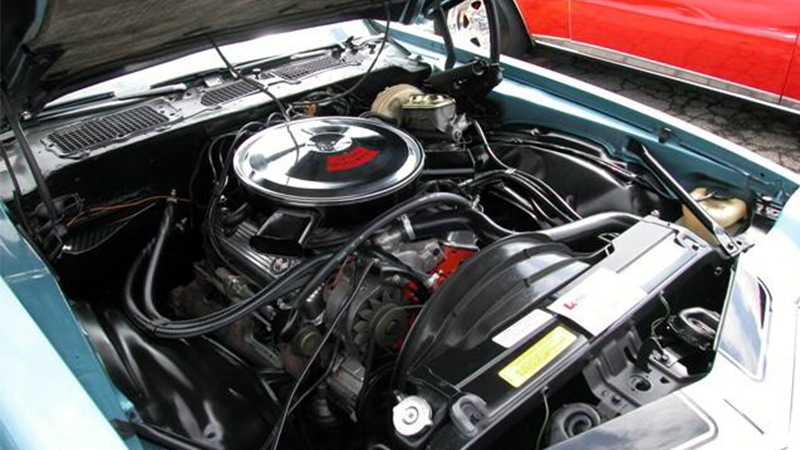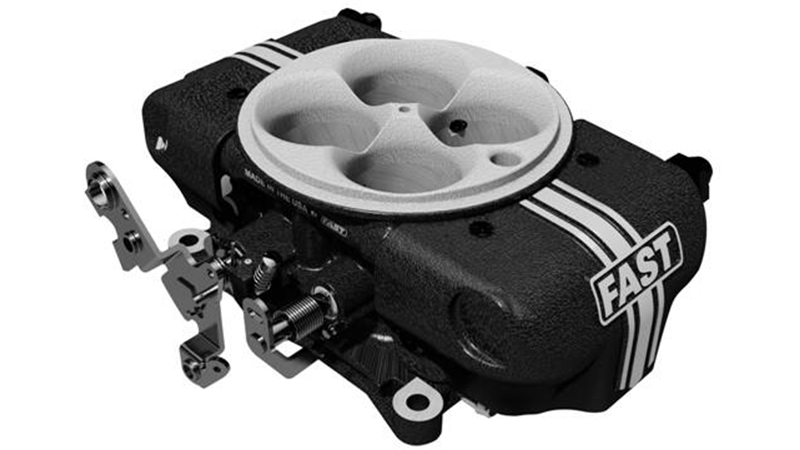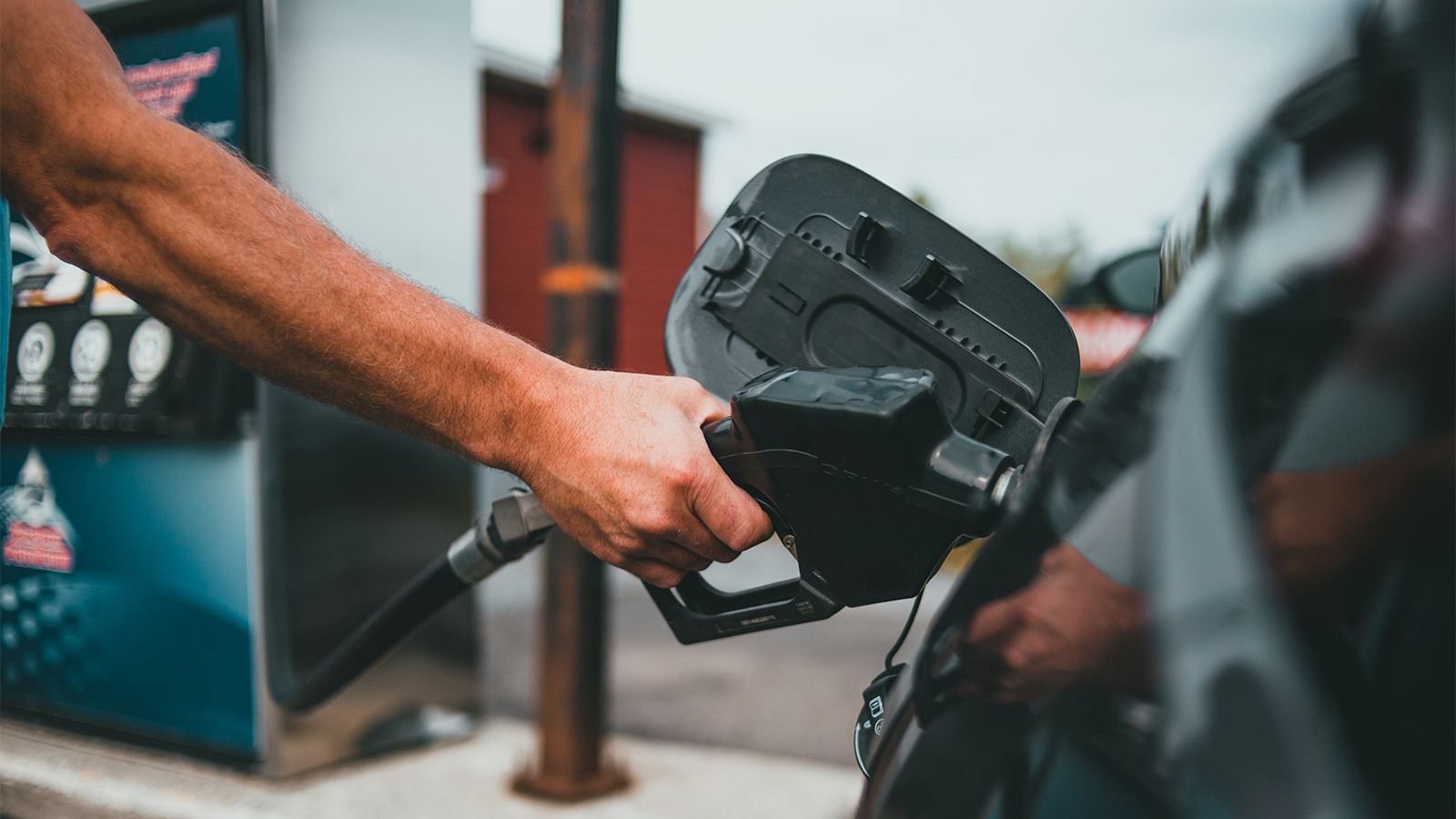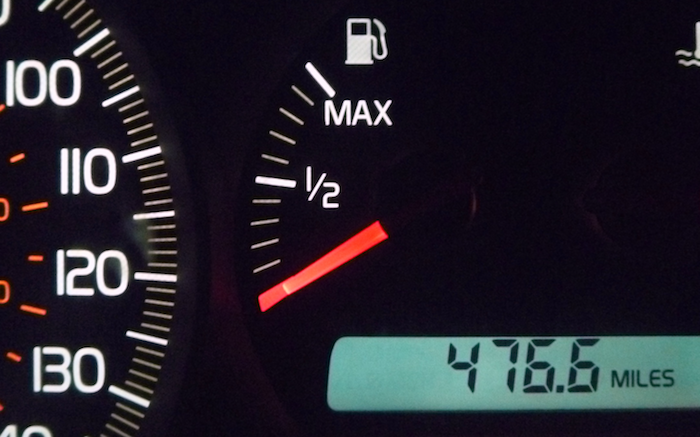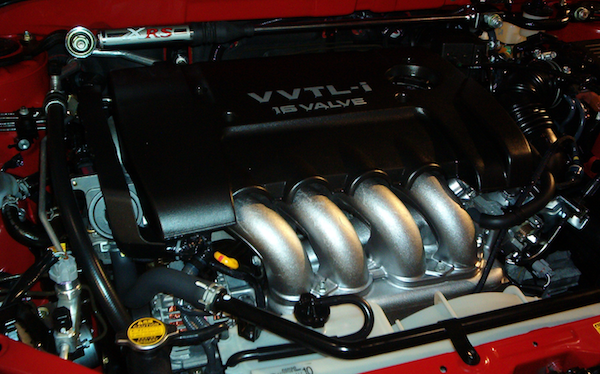From the mid-1950s through the early 1970s, American performance cars’ fuel delivery system of choice was four-, six- or even eight-barrel carburetion. More often than not you saw a single four-barrel sitting atop the engine’s intake manifold. But a trio of two-barrel carburetors (called “Tri-power” and “Six pack” among other cool sounding names) could be seen on some Detroit iron during the ’60s and ’70s, such as the Pontiac GTO, Chevy Corvette, Plymouth Road Runner, and Dodge Challenger.
1970 Camaro Z28 350
For monsters such as the early ’60s Impala SS409 and the ’67 Shelby GT500 Mustang, nothing less than two four barrel carbs (“dual quads”) would do. Carburetors were not without their pitfalls, however, as tasks like changing jets, syncing those multi-carb setups, and generally getting them perfectly dialed in were usually best left to a shop with all the necessary tools and expertise.
Enter fuel injection
Fuel injection during that time was very rare but available on a handful of American cars during some years. For example, certain 1957 GM products from Chevrolet and Pontiac offered it just that one year. As fuel injection was relatively new technology, the bugs weren’t fully worked out and it was dropped as an (admittedly expensive and not popular) option for the full-size GM cars the very next year. It did, however, continue to be optional on the Corvette through 1965.
As performance-themed American cars passed through the 1980s, fuel injection came online big time. Thanks to their ability to monitor and make millisecond adjustments for various parameters such as intake air temperature and idle quality, these modern-era fuel injection systems were instrumental in bringing back performance after the dark days of the mid-’70s to early ’80s. Being able to precisely control the air/fuel mixture, they allowed engineers to fine tune the engine to both meet tough emissions standards and offer increased power output. Other benefits included smoother operation all around, such as when driving in high elevations and in very cold or hot weather.
Carburetor or fuel injection?
Now for the big question: With an older performance car, should you keep the old carbs or make the switch to fuel injection? Unless you want to keep your ride 100% factory correct for seriously judged shows and such, we’d suggest jumping aboard the injection express. These “self-tuning” systems offered by Edelbrock, FAST, Holley, and MSD will have your ride always operating at peak efficiency without you needing to scrape knuckles. And no worries about having that classic engine compartment ruined with something that looks like a Flux Capacitor, these systems mimic the iconic look of a big four-barrel carb. So go ahead, put on that original chrome-lidded air cleaner with the engine call-out sticker on it. We won’t tell.
Unless you want to keep your ride 100% factory correct for seriously judged shows and such, we’d suggest jumping aboard the injection express.
State of the art self-tuning systems make for a fairly simple, bolt-on proposition, essentially the same effort as swapping out carburetors minus the subsequent tuning. After you’ve bolted the system in place, you then enter basic information such as engine size and camshaft specs into a hand-held controller, which gives the system its base-line operating parameters. One twist of the key usually fires up your engine, and then you’re smoothly off and running.
As you drive your car, the system’s ECU (Electronic Control Unit) continuously fine tunes itself according to information it picks up from the oxygen sensor. No more rough idling. No more cold-weather stumble. Indeed, according to this article in Hot Rod magazine it couldn’t be easier. “No jets, no adjustments, no laptops — just bolt it on and turn the key.”
What do you think? Should the carburetor stay a classic performance vehicle or go? Share your experience.
